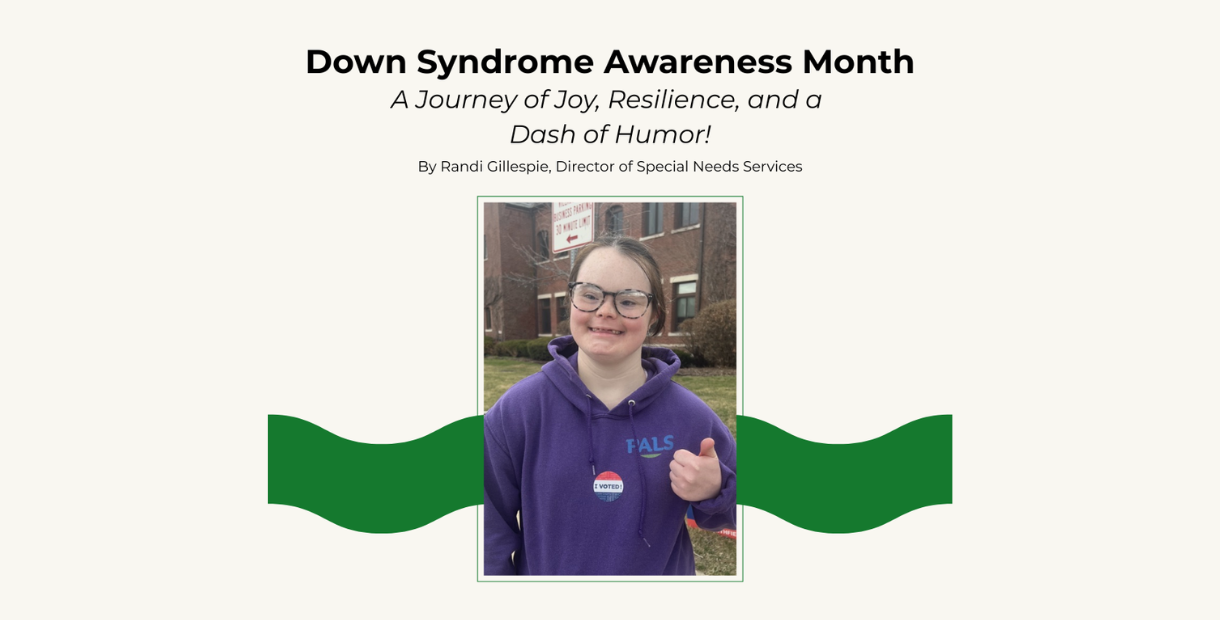If you have school-age children like I do, they likely have completed their second or third week of remote learning. In addition to your career you are trying to maintain and your role as a parent, you have now been anointed as their teacher. Congratulations!
Like many parents with children with special needs, I am struggling. The struggles include not only educating my 15-year-old daughter, Maddy, who has Down syndrome, but also providing care, entertainment, and support for her siblings while juggling working from home. Our dining room table has become the academic hub with textbooks, binders, glue, scissors, tape, pencils, colored pencils, water bottles and laptops strewn across the surface. FaceTime, Google Chat, Google Hangouts and Zoom have become our family’s way of learning, communicating, and connecting with the outside world. Messy table aside, it seems as if we have begun to accept our new normal.
After finally sorting through the colossal amount of instructions, paperwork and daily assignments associated with remote special needs learning that I received from Maddy’s team of teachers, I realized my biggest challenge has nothing to do with her lesson plans. I have to figure out not only how to interest Maddy in learning at home, but also learning from me.
Maddy’s initial success with remote learning can be attributed to a mix of structured and unstructured academic work throughout the day, coupled with ample amounts of playtime. There have been mornings when she struggles to understand the math worksheets and becomes increasingly frustrated sitting in front of the computer. To combat this, sidewalk chalk has become our new best friend. We sit in our driveway and outline the math problems in different colored chalk. Maddy has added a few colorful rainbows to our math problems, and that is what makes math more fun. She is getting her math done and I know she is having fun because I see her smiling face and she tells me, “I am happy.”
The post “So, You’re the New Substitute Teacher?” appeared first on Oak Wealth Advisors, LLC.





